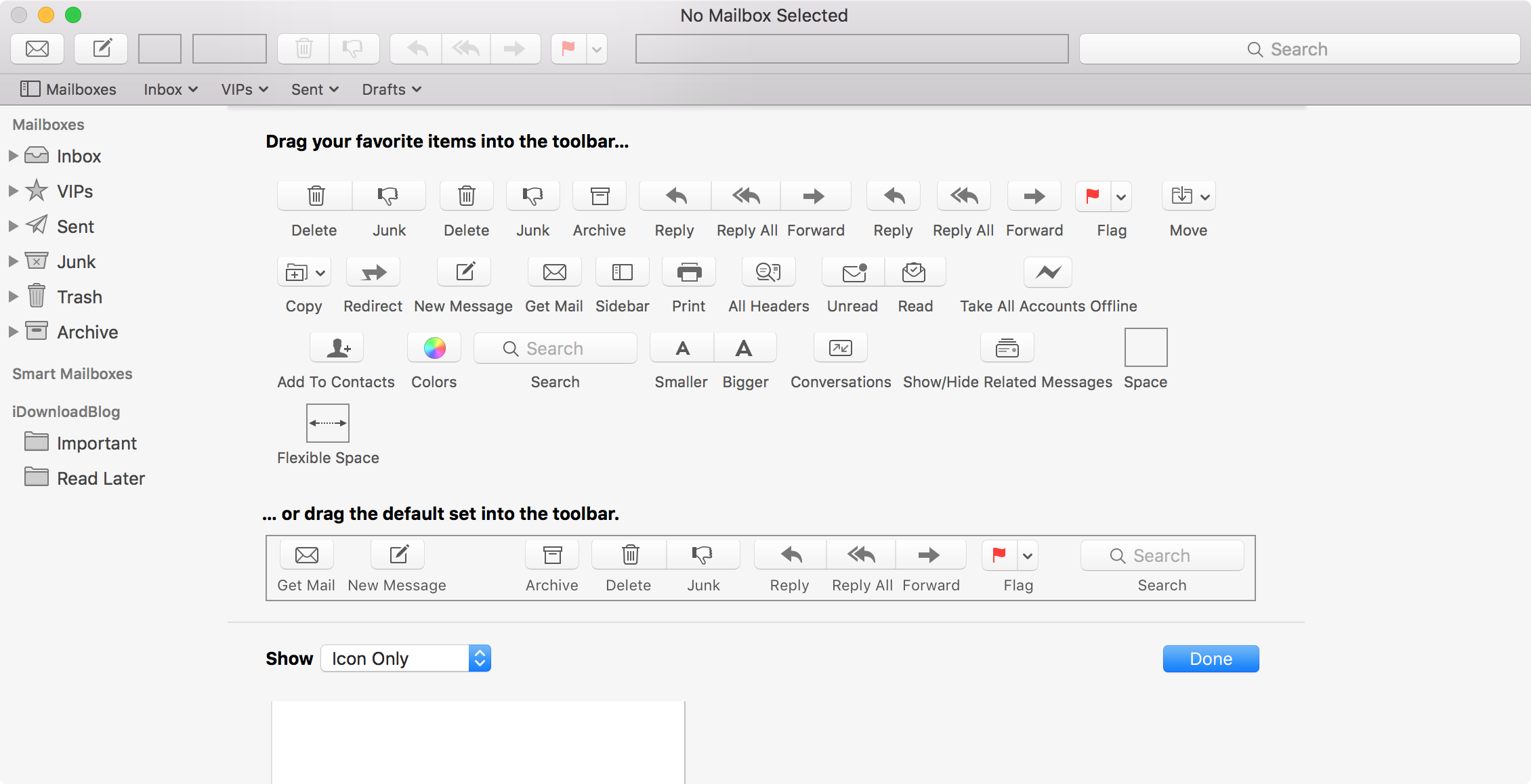Toolbar App For Mac
Toolbars
A toolbar appears at the bottom of an app screen and contains buttons for performing actions relevant to the current view or content within it. Toolbars are translucent, may have a background tint, and often hide when people are unlikely to need them. For example, Safari hides the toolbar while people scroll towards the bottom of a page, bringing it back when they scroll towards the top or tap the bottom of the screen. A toolbar also hides when a keyboard is onscreen.
Aug 26, 2019 Safari on the Mac features a minimal interface. Although you don’t have a lot of room for customization or theming, you can change the toolbar buttons to suit your productivity style. Here’s how to make the Safari toolbar look and work the way you want it to. Create an on-screen toolbar Desktop UIs are getting better about understanding high dpi displays and offering scaling or touch friendly settings, but sometimes you just need a keyboard. On-screen toolbars allow you to create handy palettes of commands you can dock and keep within reach without resorting to your keyboard. DWToolbar is a cross-platform Toolbar custom control. One of it's best features is that it can embed REALbasic controls, so you can put EditFields, PopupMenus, or your custom controls directly in. This is the other menubar app by Flexibits, the makers of Cardhop. There probably are. There’s nothing faster than launching a Speedtest straight from your Mac toolbar. Download the free Speedtest macOS app today for the quickest way to check your connectivity. Get a real-time check of your ISP’s performance and detect trends over time with data on.

TIP It’s important to understand the difference between a toolbar and a tab bar, because both types of bars appear at the bottom of an app screen. A toolbar contains buttons for performing actions related to the current context, such as creating an item, deleting an item, adding an annotation, or taking a photo. A tab bar lets people switch quickly among different sections of an app, such as the Alarm, Stopwatch, and Timer tabs in the Clock app. For guidance, see Tab Bars. Toolbars and tab bars never appear together in the same view.
For developer guidance, see UIToolbar.
Provide relevant toolbar buttons. A toolbar should contain frequently used commands that make sense in the current context.
Consider using text in a toolbar with three or fewer buttons; otherwise, use glyphs. In Calendar for example, the titles “Today,” “Calendars,” and “Inbox” clarify each button’s meaning. If text-titled toolbar buttons make sense in your app, create concise titles and be sure to provide enough space between buttons to prevent them from running together. You can ensure separation by inserting fixed space between the buttons. For developer guidance, see the UIBarButtonSystemItemFixedSpace constant value in UIBarButtonItem.
If you create a custom glyph for a toolbar button, use the following sizes, adjusting as needed for balance.
| Target sizes | Maximum sizes |
|---|---|
| 24x24 pt (72x72 px @3x) | 28x28 pt (84x84 px @3x) |
| 24x24 pt (48x48 px @2x) | 28x28 pt (56x56 px @2x) |
Toolbar App For Mac Windows 7
Avoid using a segmented control in a toolbar. Segmented controls let people switch contexts, whereas a toolbar’s actions are specific to the current screen. If you need to provide a way to switch contexts, consider using a tab bar instead.
Desktop UIs are getting better about understanding high dpi displays and offering scaling or touch friendly settings, but sometimes you just need a keyboard.
On-screen toolbars allow you to create handy palettes of commands you can dock and keep within reach without resorting to your keyboard.
Tablet Pro from LoveSummerTrue is available in the Windows Store and works in conjunction with another set of applications you download directly from their website. It’s geeky and a little daunting, but the developers help by having created some really thorough toolbars (called Artist Pads in the software) for Photoshop, ZBrush and others.
According to a video dated November 26, the utility now allows you to remap the Surface Pen’s side button, which has been one of Microsoft’s most annoying omissions.
Mac Toolbar Icons
Tablet Pro is a little pricey at $25 all-in, but it’s worth the cost and effort if you miss your shortcuts and want to work exclusively in tablet mode.
There are also a couple of free alternatives, RadialMenu and Toolbar Creator, which you can read about here. The problem with both of those is that their developers seem to have abandoned the projects.
Toolbar App For Mac Catalina
BACK TO TOP

